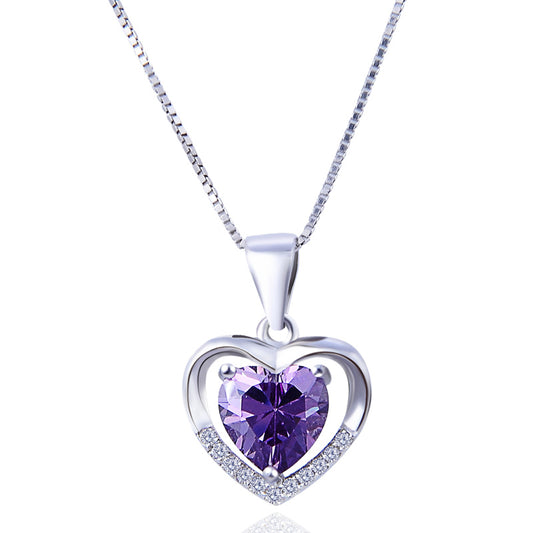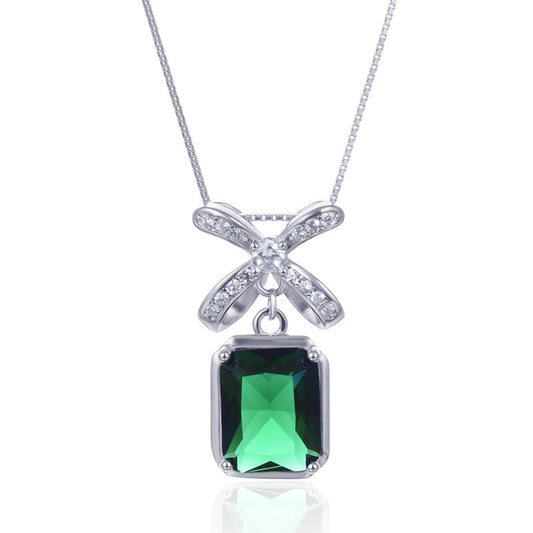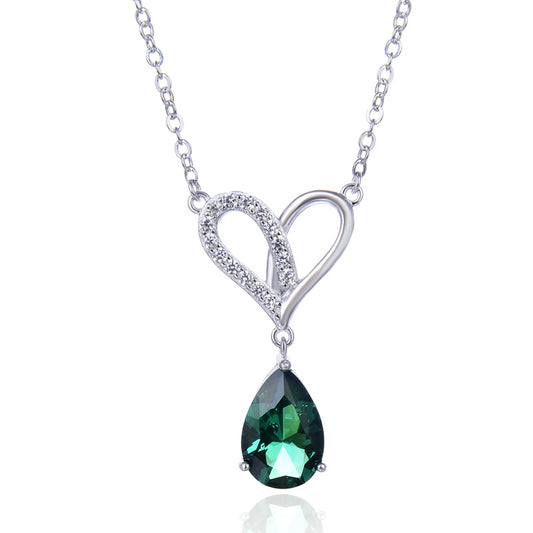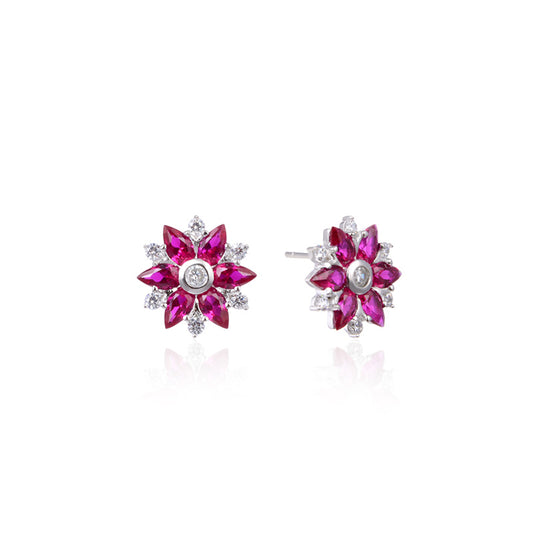
Do All Silver Chains Tarnish?
In the realm of jewelry, silver chains hold a special place in our hearts. They are the perfect blend of elegance and affordability, often passed down through generations as heirlooms or given as gifts to mark special occasions. But the question that often plagues silver chain owners is this: Do all silver chains tarnish?
The short answer is yes, all silver chains can tarnish. Silver, by its very nature, is a reactive metal. When exposed to certain elements in the air, such as sulfur or chlorine, or when in contact with certain substances like perfumes, lotions, or even sweat, silver can undergo a chemical reaction that results in tarnishing. This is a natural process that occurs over time, leaving the once-shiny surface of the silver chain dull and discolored.
However, not all silver chains tarnish at the same rate. The speed of tarnishing depends on a variety of factors, including the purity of the silver, the environment it is stored in, and the care it receives. For example, silver chains that are frequently worn and exposed to the elements may tarnish faster than those that are stored in a dark, dry place.
Now, let's delve into the world of silver jewelry and explore the different types that can be affected by tarnishing. A delicate sterling silver bracelet, with its intricate design and shiny finish, can lose its luster over time if not properly cared for. Similarly, a bold silver bangle, once a statement piece, can become dull and lackluster.
Silver earrings, whether they are dangling charms or studs, are also susceptible to tarnishing. The same goes for silver rings, which often bear the brunt of daily wear and tear, making them more prone to tarnishing.
Pendants and necklaces made from silver are no exception. These pieces, which are often worn close to the skin, can tarnish due to exposure to body oils and perspiration.
But it's not just pure silver that can tarnish. Even silver alloys, such as sterling silver (which is 92.5% silver and 7.5% other metals), can tarnish over time. The addition of other metals in the alloy can affect the rate of tarnishing, but it does not completely prevent it.
Interestingly, the tarnishing of silver is not always seen as a negative. In fact, some people prefer the antique, weathered look that tarnished silver can achieve. This patina, as it is sometimes called, can add character and depth to a piece of jewelry, making it more unique and personal.
Of course, if you prefer your silver jewelry to retain its original shine, there are ways to prevent or delay tarnishing. Storing silver chains in airtight bags or boxes can help slow down the tarnishing process. Regular cleaning with a mild soap and water solution can also help remove dirt and oils that can contribute to tarnishing. Additionally, there are specialized silver cleaning products available that can help restore the shine to tarnished silver.
When it comes to silver jewelry, the possibilities are endless. From delicate bracelets and bangles to statement earrings and rings, silver chains come in a variety of styles and designs. And while tarnishing may be a natural part of owning silver jewelry, it doesn't have to be a deal-breaker. With proper care and maintenance, your silver chains can retain their beauty and shine for years to come.
Whether you prefer the shiny luster of new silver or the antique charm of tarnished silver, there's no denying the allure and versatility of silver jewelry. So, embrace the tarnish (or not) and let your silver chains shine in their own unique way.









